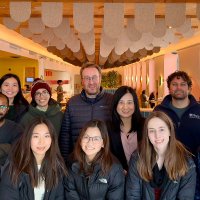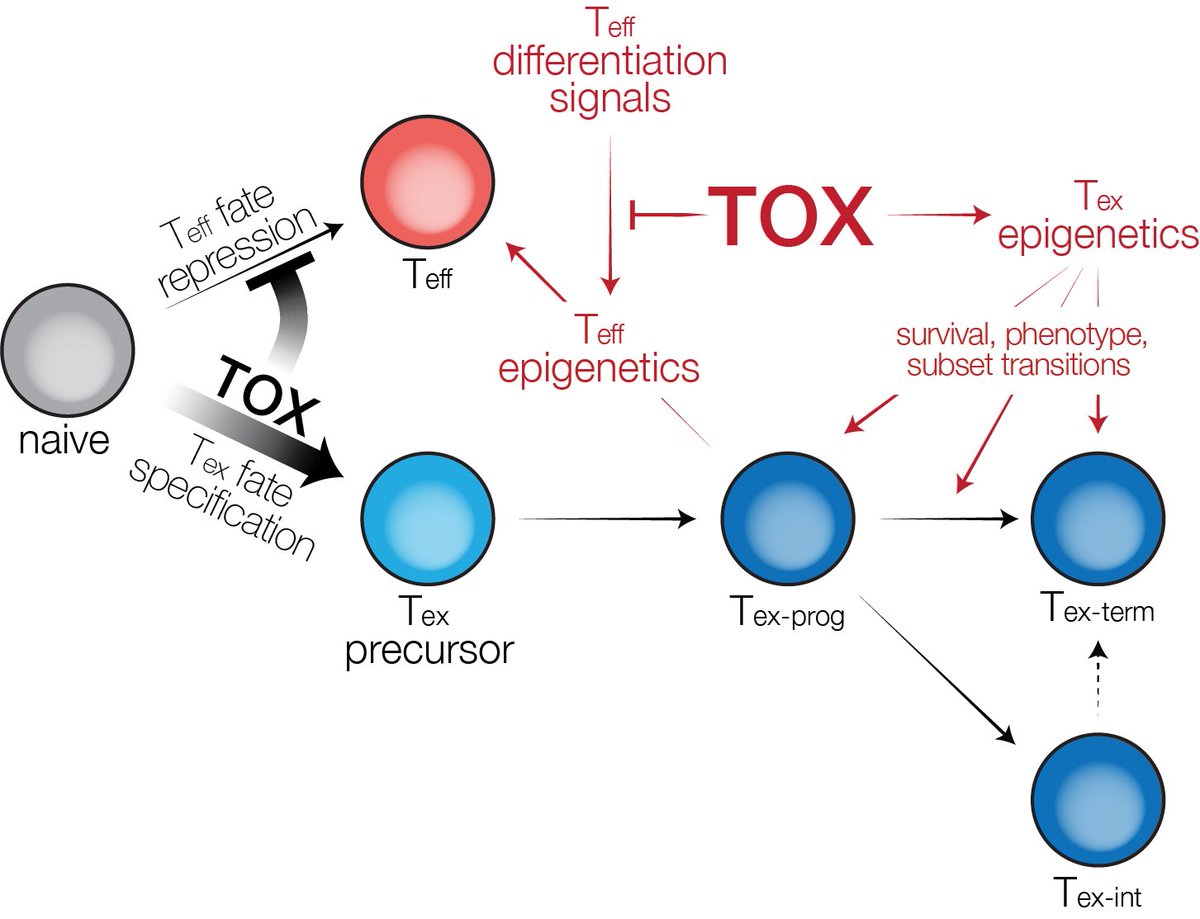
Grayson Rodriguez, PhD
@grayerodriguez
graysonrodriguez.bsky.social | Proteins & signaling in the Garcia Lab | @ParkerICI scholar | @stanfordimmuno PhD | Formerly @ChemistryMIT & @kochinstitute
ID: 1514304021045030914
http://grayson-rodriguez.com 13-04-2022 18:06:41
84 Tweet
180 Followers
255 Following

Excited to be at the ICIS 🦋 @cytokinesociety.bsky.social Cytokines 2024 conference in Seoul and looking forward to presenting my work on STAT rebalancing on Tuesday


It was an honor to present some key findings of my thesis work at ICIS 🦋 @cytokinesociety.bsky.social Cytokines 2024 today in Seoul! Made some great connections and am excited for new opportunities to collaborate


New research from StanfordMCP describes the structural mechanism that enables #adenoviruses to escape immunity by targeting #CD45 on T cells. Read more in Science #Immunology: bit.ly/3UohnMR



Last month, I successfully defended my PhD in Immunology at Stanford University! I am beyond grateful to my family, friends, colleagues, Stanford Immunology, and advisor, Chris Garcia, for their support in reaching this milestone.



Parker Institute Awards $525,000 to Advance Diverse Talent in Cancer Research The Parker Institute for Cancer Immunotherapy (Parker Institute for Cancer Immunotherapy) announces its inaugural RISE Scholars, funding seven researchers with $75,000 each to tackle critical challenges in immunotherapy.




Redirecting immune signaling with cytokine adaptors nature.com/articles/s4146… Nature Communications Gita Abhiraman


Congratulations Gita Abhiraman, so much fun working together on this exciting project 🎉




To reroute a cytokine’s signaling, Abhiraman et al. generated soluble adaptors comprising units that bind to two sites on a cytokine linked to units that bind to and compel dimerization/activation of a different cytokine’s receptor. bit.ly/4l0nd2G Gita Abhiraman


Excited to share my graduate work from the E. John Wherry lab on the molecular mechanisms locking in the differentiation fate of exhausted CD8 T cells (Tex), published earlier this month in @SciImmuno. Main findings below! science.org/doi/10.1126/sc…




